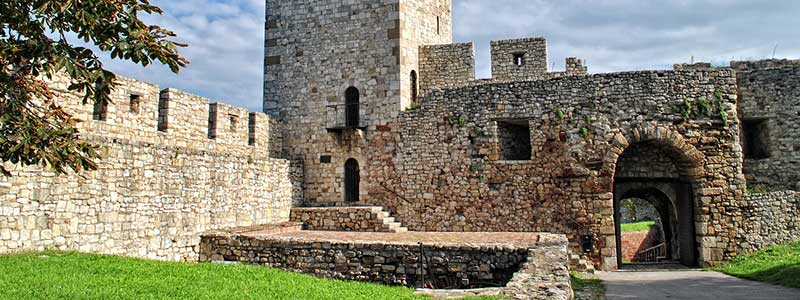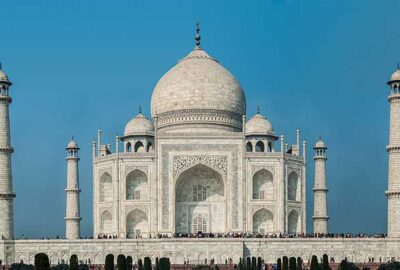Kalemegdan Fortress is a true gem of Serbian cultural heritage and an important landmark that bears witness to the turbulent history of Belgrade and its people. Its cultural significance lies in its role as a symbol of the city’s resilience, endurance, and identity over centuries of conquests, occupations, and struggles for freedom.
The fortress was built in the 2nd century AD on a hill overlooking the confluence of the Sava and Danube rivers, and it has been constantly expanded, renovated, and fortified by various rulers and armies ever since. It served as a strategic military stronghold, a royal residence, a cultural and religious center, a public park, and a tourist attraction.
Kalemegdan Fortress has witnessed countless battles, sieges, fires, and reconstructions, and each of them has left a mark on its architecture, layout, and symbolism. The fortress walls and gates, the towers and bastions, the underground tunnels and galleries, the churches and monuments, and the parks and promenades all bear witness to the diverse cultural and historical influences that have shaped Belgrade and Serbia.
Today, Kalemegdan Fortress is not only a popular tourist destination but also a hub of cultural and artistic events, a gathering place for locals and visitors, and a source of inspiration for artists, writers, and scholars. Its cultural significance lies not only in its physical presence but also in its intangible heritage, such as the stories, legends, and traditions associated with its past and present.



